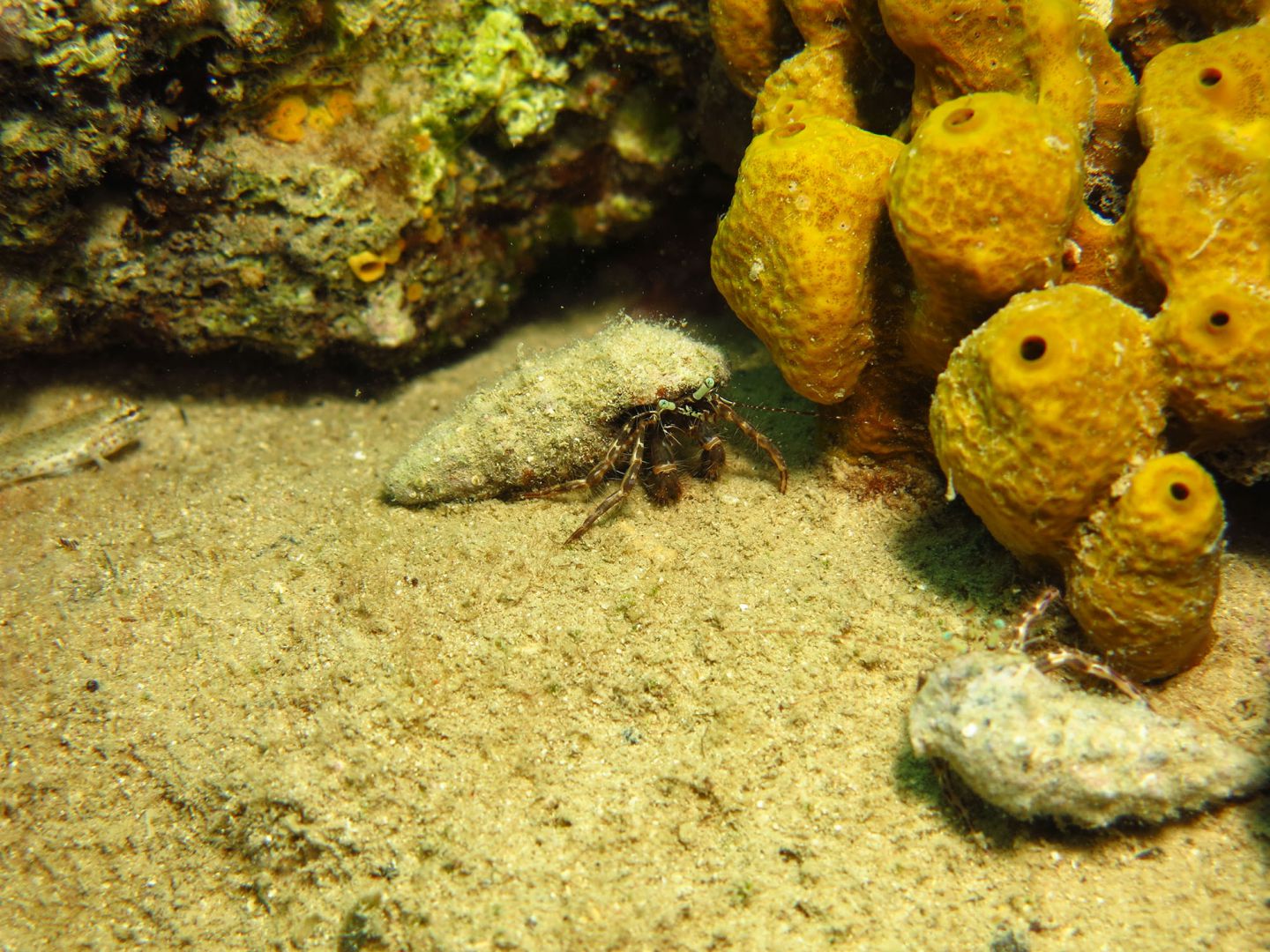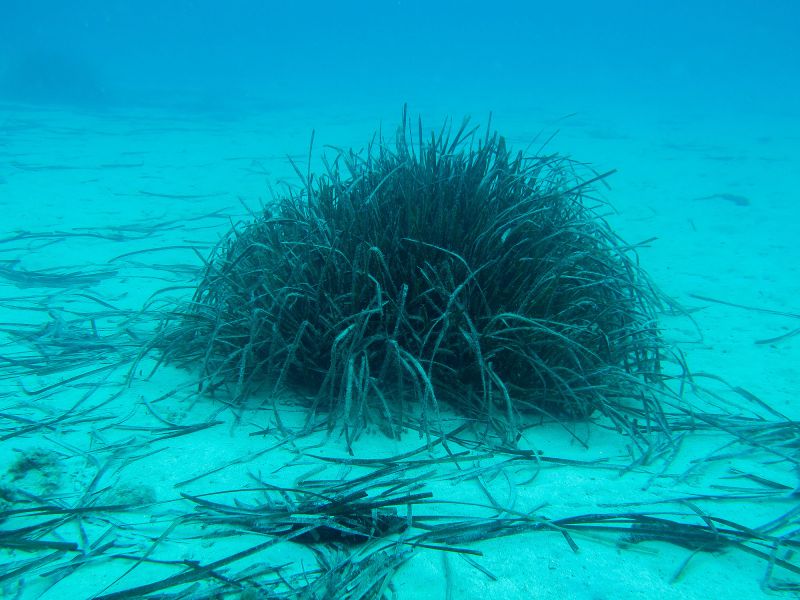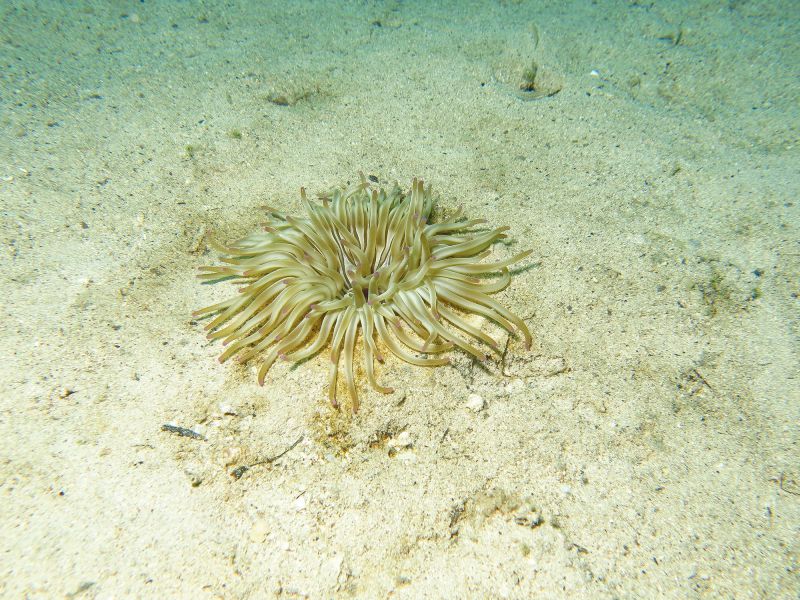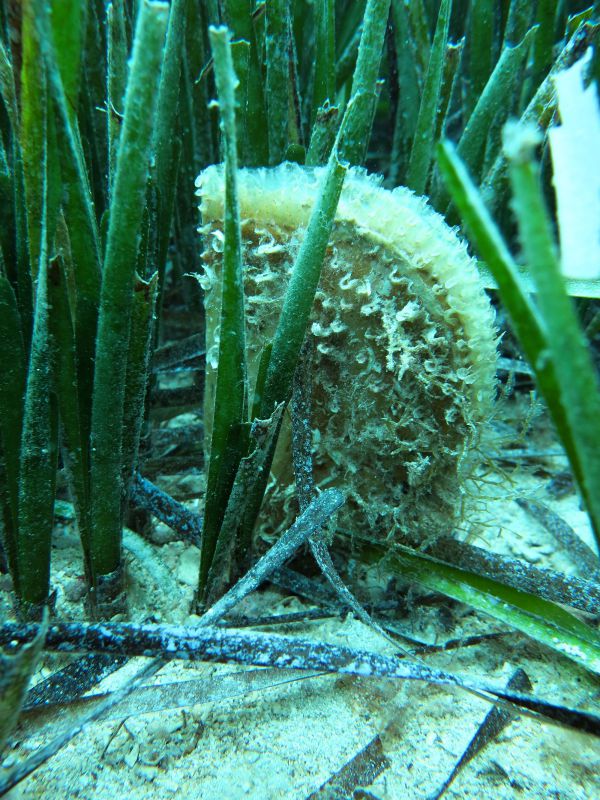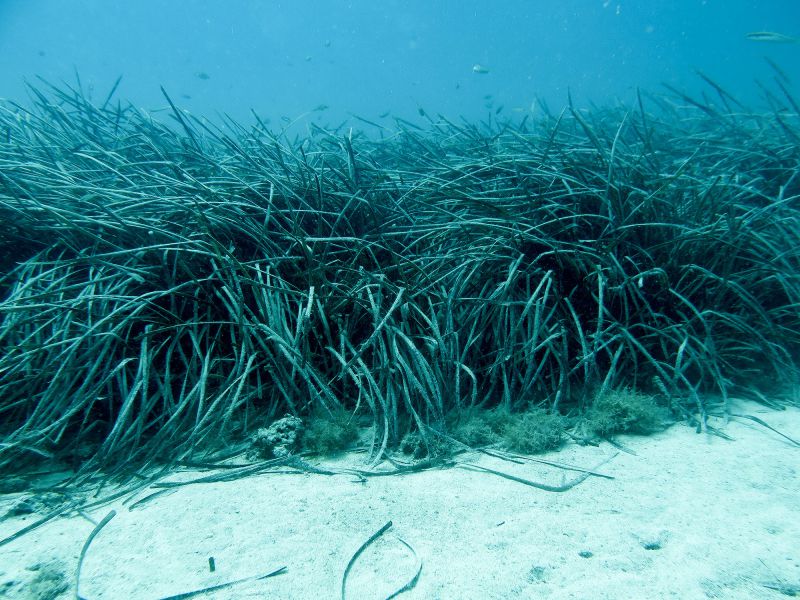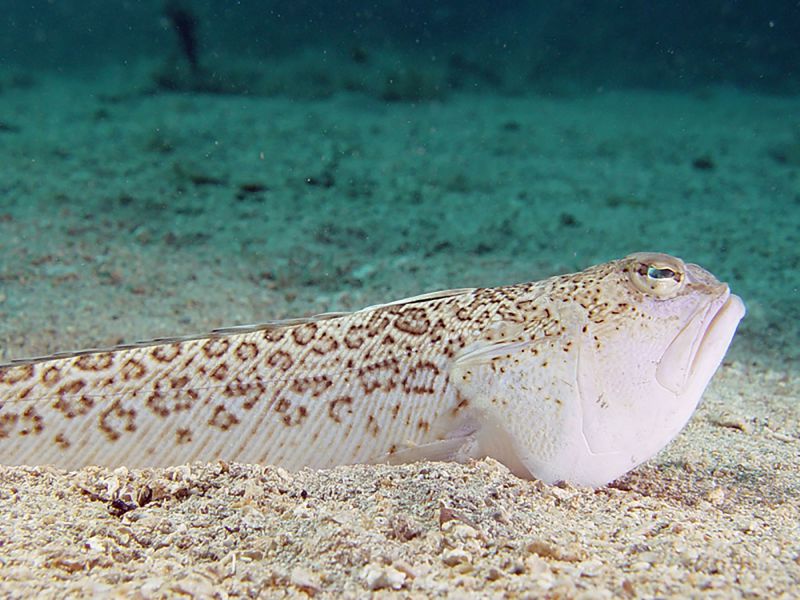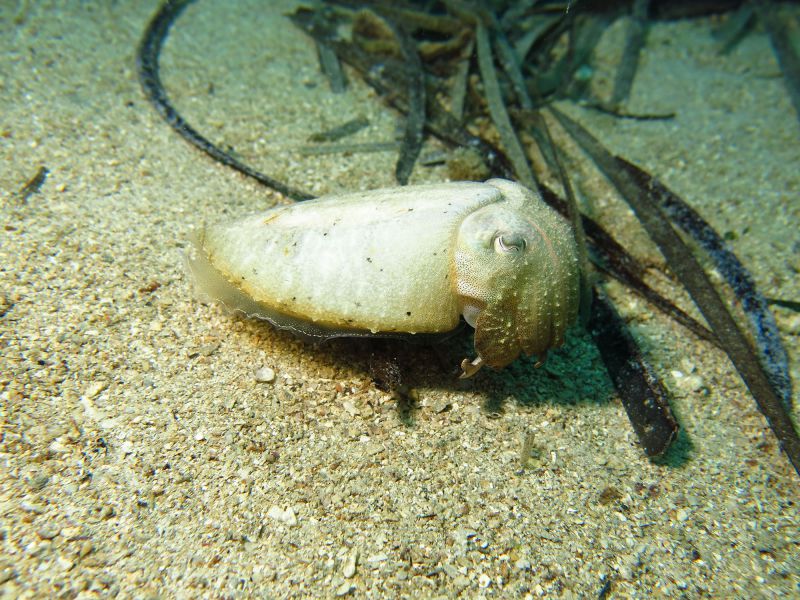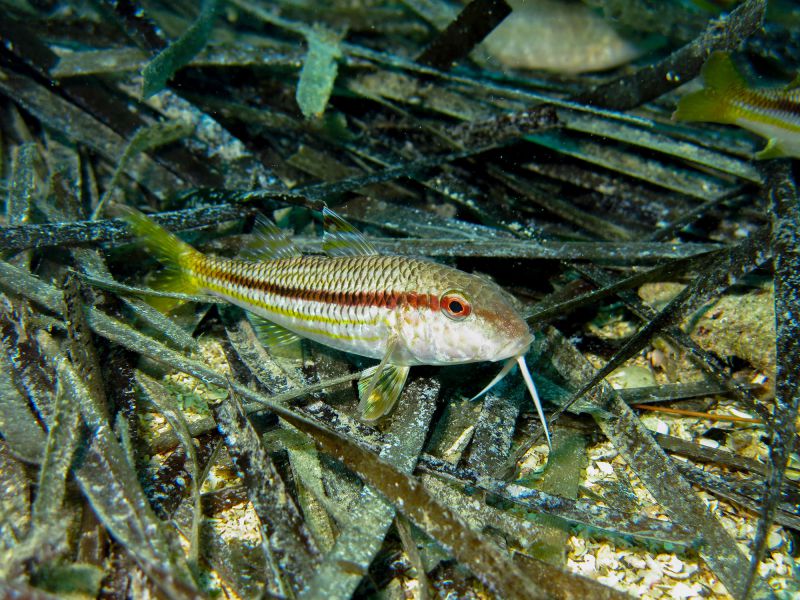Diversity of Living Conditions
The undersea world of the southernmost part of Istria along Cape Kamenjak is morphologically very diverse and interesting. Many islets, coves, shallows, and various depths and types of seabed ensure a remarkable diversity of habitats and organisms. In the water, we find different types of seabed from the coast to deeper parts of the sea: reefs, rocks, sand, pebbles, and mud in the deepest parts. The area borders the deeper, open waters of the Northern Adriatic, so constant and strong currents provide an exchange of water masses and a constant inflow of fresh seawater. The maximum depth here exceeds 50 metres, which is also the greatest depth of the Northern Adriatic. On the other side of Cape Kamenjak, the inner parts of Medulin and Pomer Bay are serene and protected areas. The shallow coastal parts of some enclosed coves are rich in fresh water sources that supply nutritive salts from the mainland, promoting the greater production of organic matter in the sea. Such environmental conditions have helped in the development of very rich and abundant undersea flora and fauna.
The Last Healthy Populations of the Noble Pen Shell in the World
The infralittoral zone is home to a well-developed community of photophilic algae, characterised by distinctive diversity. The community is widespread from the surface to a depth of around 20 m. The most recognisable species are the peacock's tail (Padina pavonica), many species of Cystoseira
(Cystoseira adriatica, C. barbata, C. compressa...), the mermaid's wine glass (Acetabularia acetabulum) and many others. Neptune grass (Posidonia oceanica) communities occur on many sandy substrates. The communities of this seagrass are one of the most important ecosystems of the Mediterranean due to their high production and their contribution to the prevention of coastal erosion, and they also serve as a nursery, hatchery, habitat and shelter for organisms. The seabed of the sheltered parts of Medulin Bay is sandy with mud. On such substrate, lesser Neptune grass (Cymodocea nodosa) develops. The community is rich in macro-fauna, from crustaceans and echinoderms to different groups of molluscs. The most prominent among them are bivalve molluscs, and, lately, particular attention has been devoted to the noble pen shell (Pinna nobilis) due to its mass mortality throughout the Mediterranean. The populations of the noble pen shell on Kamenjak are still perfectly healthy and as such are one of the last populations of this species in the world.
 EU Projects
EU Projects English
English
